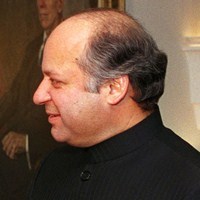Since early 2013, the rate of border skirmishes between the Pakistani and Indian militaries has accelerated. Though the incidents have been scattered and casualties few, they represent an uptick from 2012: Thus far in 2013 there have been 42 cease-fire violations along the Line of Control (LoC), while in all of 2012 there were only 28. The increased military activity on the border has elicited accusations from both sides, even during a time of increased dialogue and political moves toward greater cooperation. The border incidents have also prompted international concern about the future of Kashmir and stability in the region after the U.S. withdrawal from Afghanistan in 2014.
Despite the perceived rise in tension between Pakistan and India, however, both countries will most likely continue to attempt to avoid serious conflict in the Kashmir region. The border spats are not indicative of a larger crisis, as India and Pakistan each have reasons to avoid conflict. Pakistan needs to put its own house in order, particularly economically, and is facing an internal security threat that requires the Pakistani military establishment’s full commitment. India, meanwhile, wants to avoid any turmoil that could derail its economic progress.
It is difficult to predict how the conflict in Kashmir will play out, simply because Afghanistan’s future is unclear. Many analysts draw (.pdf) the historical analogy between the American withdrawal from Afghanistan in 2014 and the 1989 Soviet withdrawal, after which jihadi groups comprising former mujahedeen went into Kashmir and helped start a virulent insurgency. India fears a repeat of 1989 after the American withdrawal, with jihadi groups moving into Kashmir, potentially facilitated by Pakistan.

